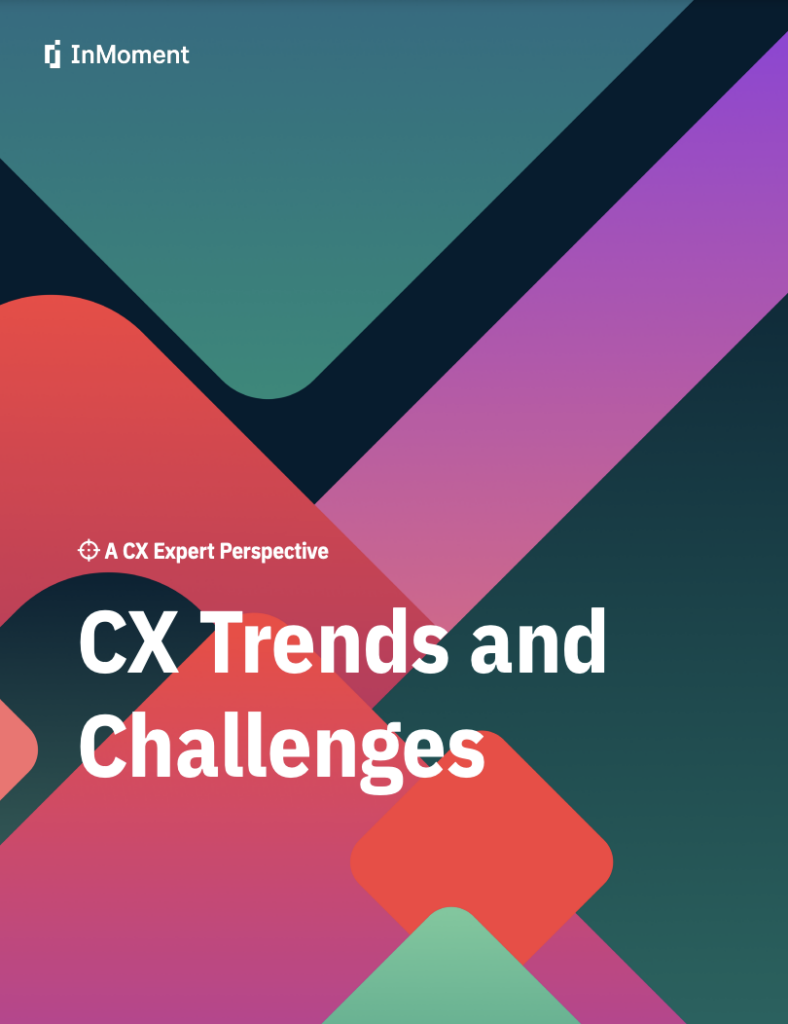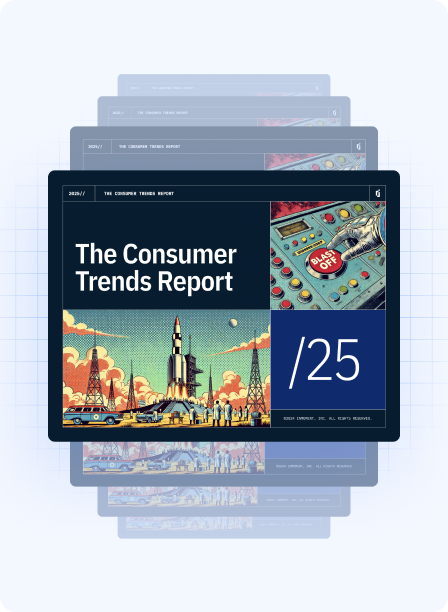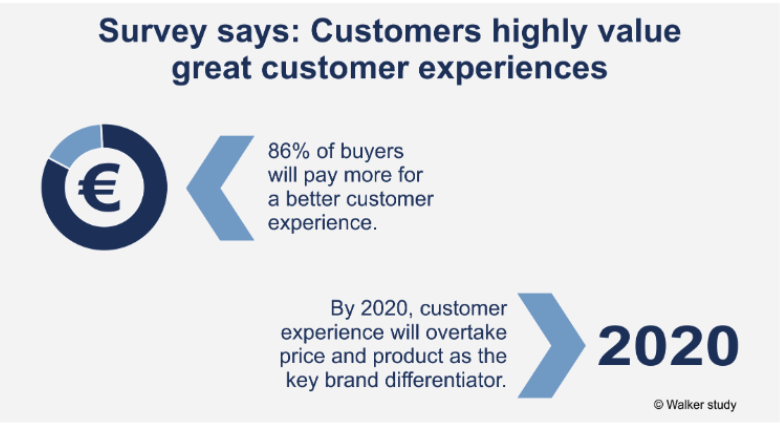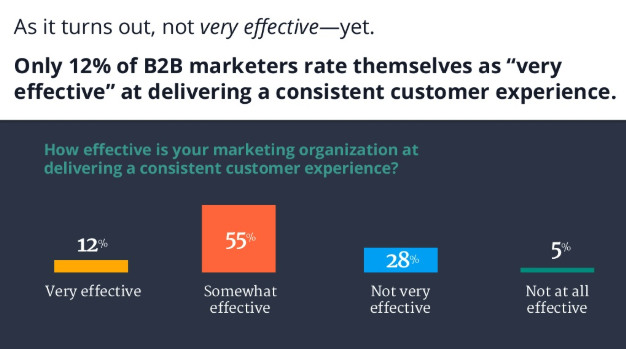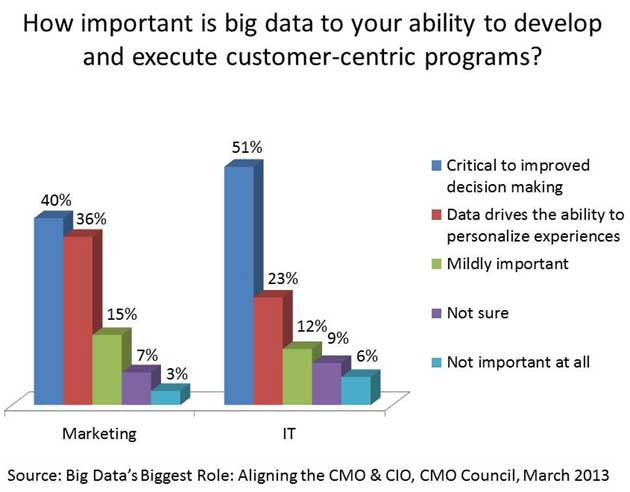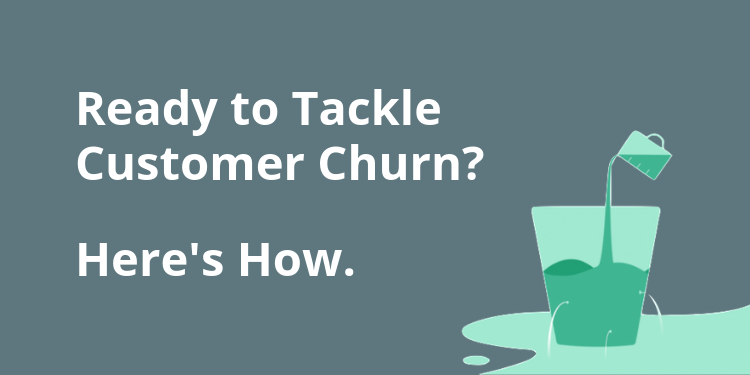
Is there a business that hasn’t lost a single customer? Doubtful. Customer churn is inevitable. For this reason, maintaining superior customer experience in a world of insurmountable choice and lagging brand loyalty is of utmost importance. Now I’m no mind reader, but since you’re still here, I’ll assume that you’re struggling with generating new demand for your business and keeping existing customers around at the same time.
For starters, let’s define customer churn.
Also known as customer attrition, churn refers to the rate at which your customers stop purchasing your product or service, signaling the end of their relationship with you. These customers stop bringing in revenue for your business.
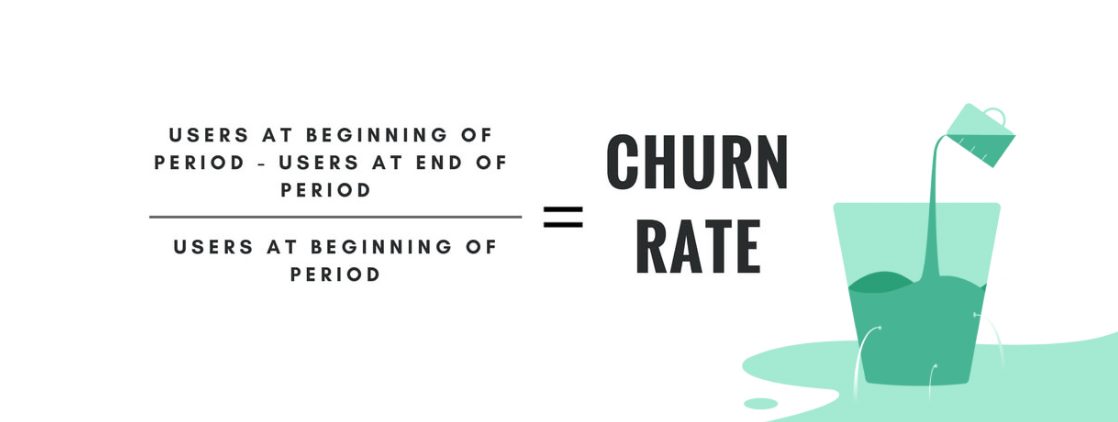
Let’s say that you started this quarter with 500 customers but lost 25; this means your churn rate is 5%.
Other measurable ways for customer churn include:
- Number of customers dropped
- Percentage of customers lost
- Amount of monthly recurring revenue (MRR) lost
- Percentage of MRR lost
What Causes Customer Churn?
- Value – Pricing is tricky because customers are always looking for the most cost-effective solution to the problem they wish to solve. Customers need to feel like their purchase was worth the cost, so it’s crucial to establish value early on, through customer onboarding and education. Otherwise, they’re at risk for churn.
- Product Fit – Another common reason for customer churn is an inferior fit. If you have a sales team that’s hustling to hit quota but isn’t incentivized to sell to good-fit customers, your company will face consequences. Soon after their purchase, customers will realize they can’t achieve their goals with your product and will churn.
- User Experience – If you have a product that’s not very intuitive or your software is glitchy, chances are customers will be less likely to use it on a regular basis and build expertise with it. They may not stick around for long.
- Competitors – Even if you believe you’re assisting customers to achieve their desired outcomes, they’ll still churn if they firmly believe that a competitor can do a better job. Competition is fierce these days, so you need to work hard to set yourself apart from your competition.
- Missing Features/deliverables – Let’s say you fail to fulfill a goal that was initially agreed on while getting a client on board. When you fail to provide services as promised, you’re bound to lose a customer.
What Are Some Churn Indicators to Watch Out For?
1. Weak CX metrics – When thinking about churn, there are two CX metrics, in particular, that you should pay close attention to:
-
- Net Promoter Score. The grand-daddy of customer experience metrics, a detractor or passive NPS survey response is a leading indicator of churn.
- Customer Effort Score. Many software companies have adopted CES to measure the ease of getting started with your company or product. If this critical phase, often known as onboarding, is too difficult, churn can follow.
2. Usage level – Customer churn is often preceded by a period of decreased usage level, so keep a close eye on users’ login activity. This will help you to identify at-risk customers right before they churn. Also, if a customer downgrades to a lower tier of your product, this should be worrisome news – there’s a good chance that this customer will soon stop using your product altogether.
3. Customer’s KPI’s – If your product or service isn’t helping customers achieve their KPIs, then the chance of them churning is much higher. If you notice that a valued customer isn’t reaching their desired goals, it’s crucial that you reach out to them and find out what you can do to better help them achieve those goals.
4. Customer Health – While measured definitively when a customer renews or doesn’t, customer success teams look at a number of factors to assign a customer health score to an account. Take a look at the kinds of customer support interactions you’re seeing from the customer. After using your service, do you think the customer is getting what they’re paying for? How does the account manager feel about the customer’s state of mind about the services they’re buying from you? Factor in the account’s CX metrics. As soon as you have an idea of who might leave, you’ll be able to take all the relevant steps to define the problem, fix it, and retain their business. Eventually, you can start to implement a systematic approach to measuring customer health, uncovering at-risk customers, and reaching out to them.
5. Feature Adoption – Every product or service has some key feature that makes it stand out from competitors. If a valued customer isn’t using these features, this is an indicator that they might churn soon.
6. Support – This point refers to the number of support issues raised, the severity of the issues, the time it took to resolve them, and the customer’s satisfaction with the interaction (often measured with a CSAT survey). These factors can have a significant impact on a customer’s health, so they’re important to pay attention to. If a customer hasn’t reported any issues or asked any questions, this could also be a red flag – a silent customer doesn’t mean they are happy with your product.
What Needs to Be Done?
1. Engage with your customers.
This might sound obvious, but engaging with your customers is the best way to make them stay. Proactively inquire about how they are doing using CX surveys at key journey points. This will help you identify who is happy and who is at risk. Armed with this information, follow up with a conversation if warranted. Get them on the phone and show that your company genuinely cares. But don’t stop there – keep engaging. Depending on the size of the customer, you may want to schedule a quarterly check-in, and certainly one in advance of renewal.
In addition to talking directly to customers, provide ample and educational content about the key functional benefits of your product. Offer regular news updates, to communicate your commitment to innovation in service of their success.
With this kind of communication, you can get customers to keep coming back by showing them the value of using your product and how they can make your product a part of their daily workflow.
Last but not least, I’d like to recommend social listening – the process of finding and contributing to conversations about your company online by seeking out brand mentions, specific keywords or phrases, and comments.
By doing these things, you’ll be able to keep tabs on what’s going on in terms of customer satisfaction.
2. Educate Your Customers
Another churn-prevention trick: provide plenty of quality educational or support materials. Try offering free trainings, webinars, video tutorials, and product demos. Do whatever it takes to make your customers feel comfortable and informed. Put simply, you must not only give customers tools that work but also offer training on how to best use these tools. In this way, you’ll also be able to demonstrate the full potential of your product or service.
3. Set realistic expectations
As I mentioned before, failing to deliver on services as promised can result in a very unhappy customer that is at high risk of churning. One of the common practices I have seen across several industries is to over promise and under deliver. Why would a salesperson want to do this? There could be numerous reasons:
-
- They fear they might lose a potential customer
- They’re facing pressure from their boss
- They desire to come across as the “deal maker”
- They’re desperate to close the deal
- They’re unwilling to tell the customer what they don’t want to hear
4. Keep a keen eye on competitors
It’s a bad sign when your customers perceive your competition to be better. As you work on reducing customer churn, pay close attention to how your customers might perceive your competitors’ products, and don’t forget to benchmark your overall performance and customer satisfaction against your competitors.
Lastly, remember, the stakes are higher than ever. It’s time to make smart moves!
Author Bio:
Vikash Kumar works as a manager in the offshore software development company Tatvasoft.com. In his free time, Kumar enjoys writing and exploring new technical trends and topics. You can follow him on Twitter and LinkedIn.




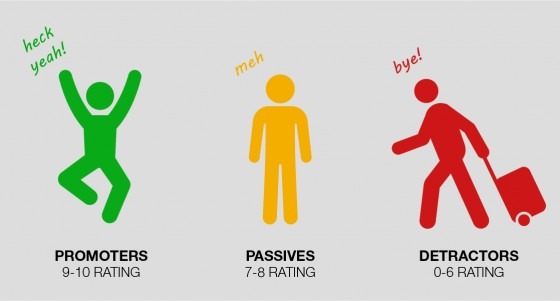


![[AtlantaThemeVolumeVersusNPS.png]](https://inmoment.com/wp-content/uploads/2022/03/AtlantaThemeVolumeVersusNPS.png)
![[woman feeling overwhelmed by customer reviews.png]](https://inmoment.com/wp-content/uploads/2022/03/squashed_gray01-300x291.png)
![[woman who used to be overwhelmed now inspired by sentiment-analyzed customer reviews.png]](https://inmoment.com/wp-content/uploads/2022/03/squashed_color01-300x291.png)
![[SFOReportsDashboard.png]](https://inmoment.com/wp-content/uploads/2022/03/TextAnalyticsReportsDashboard2-1024x576.png)
![[SuccessfulVoCProgram.png]](https://inmoment.com/wp-content/uploads/2022/03/Lexalytics-E_Book-2018-Graphics_5-Success-1024x966.png)

